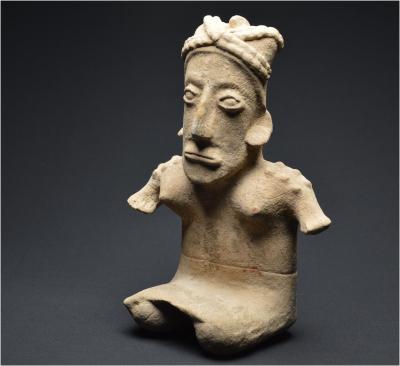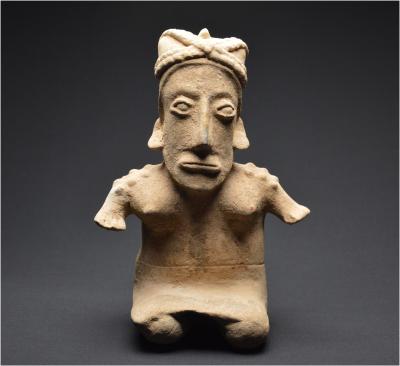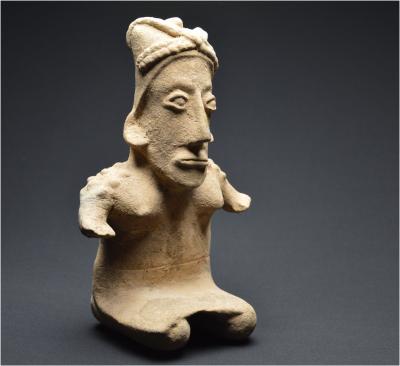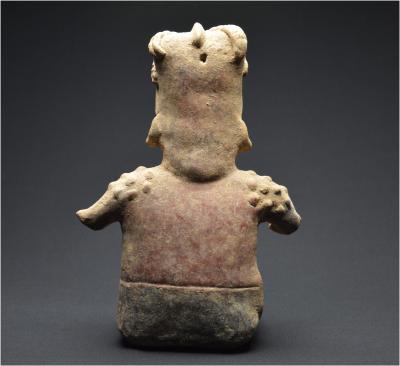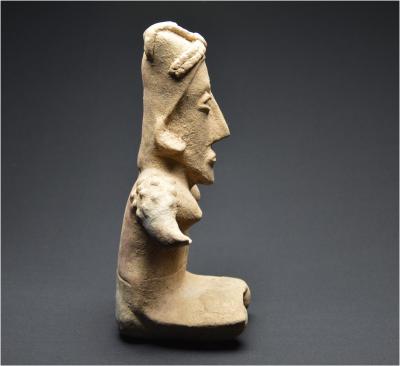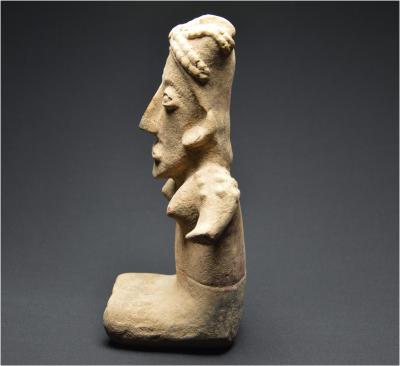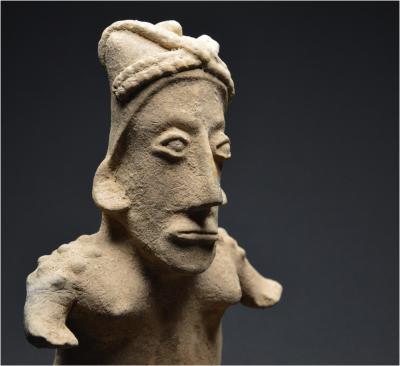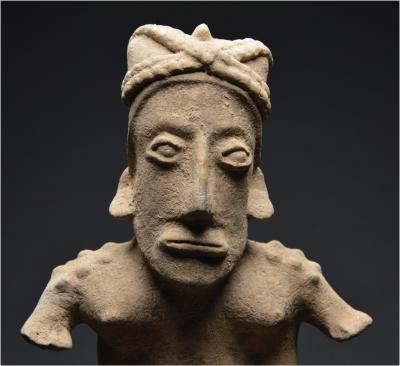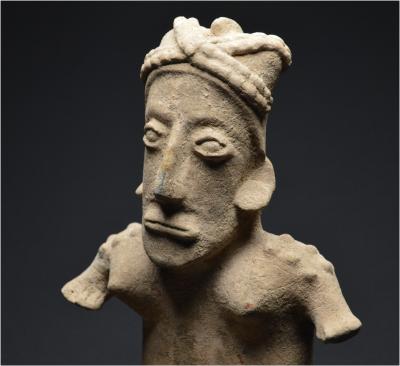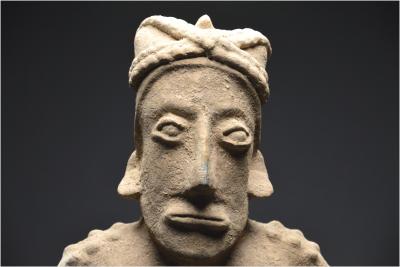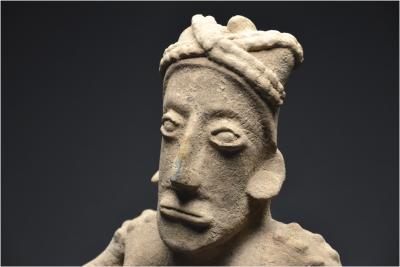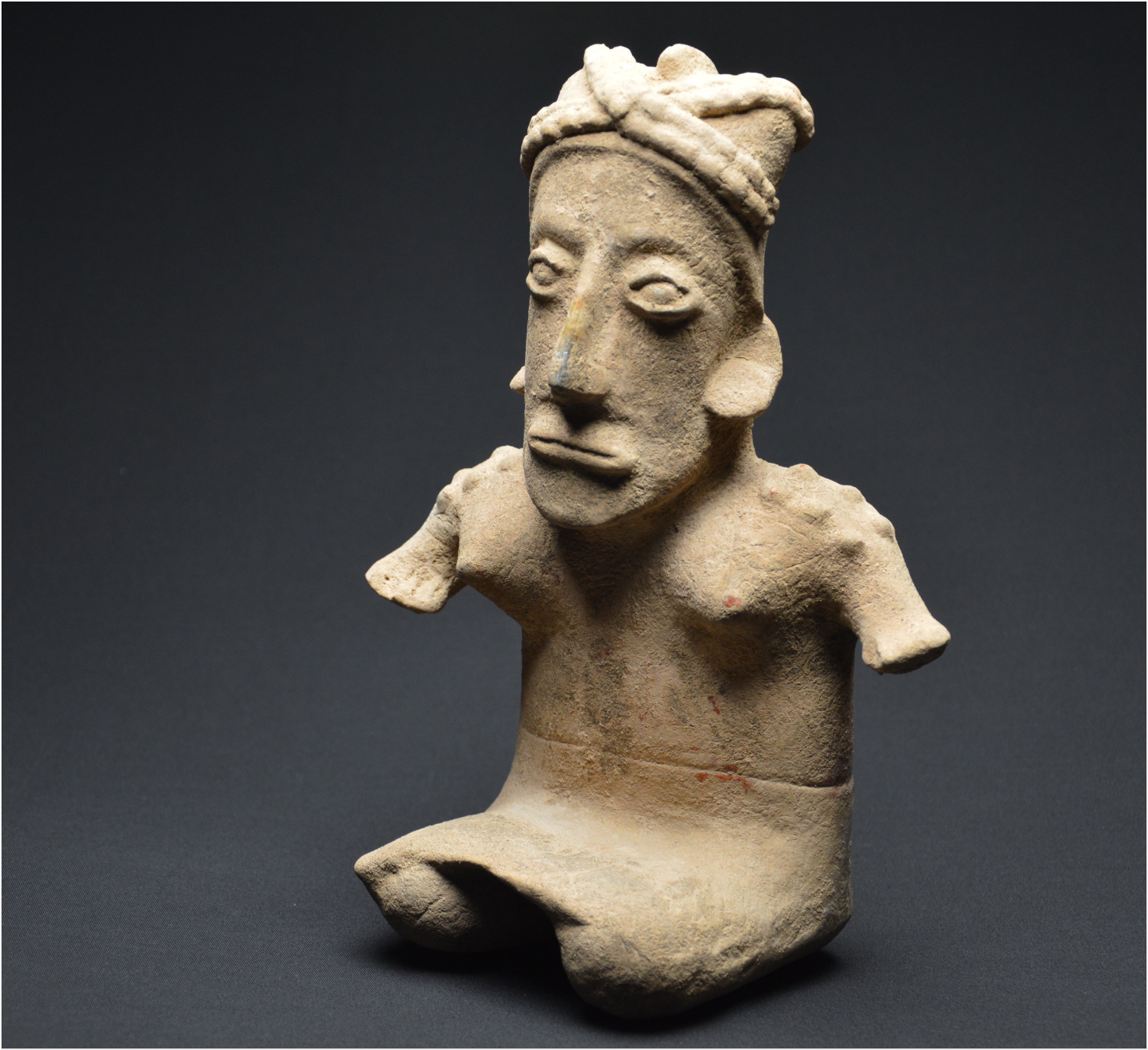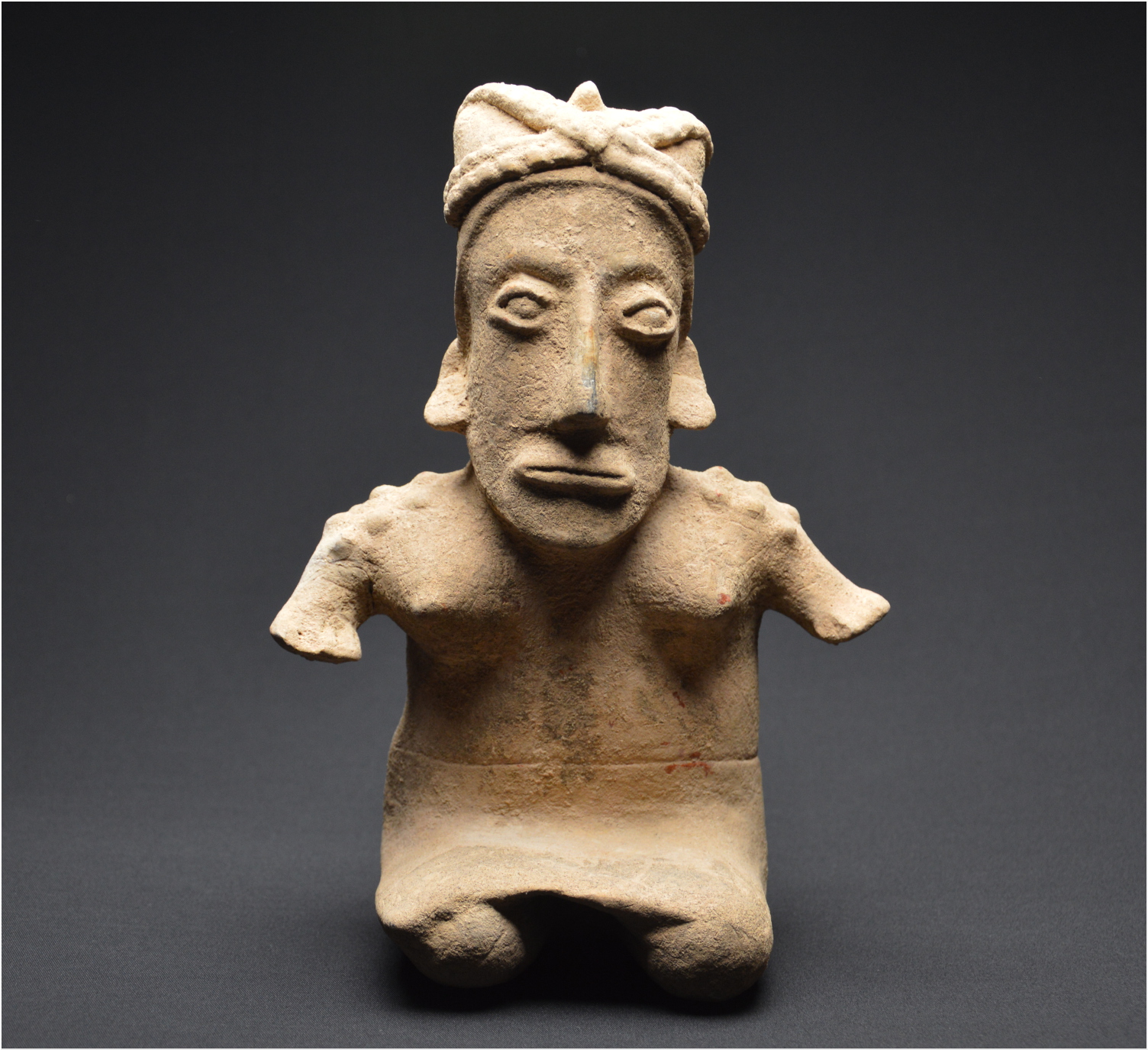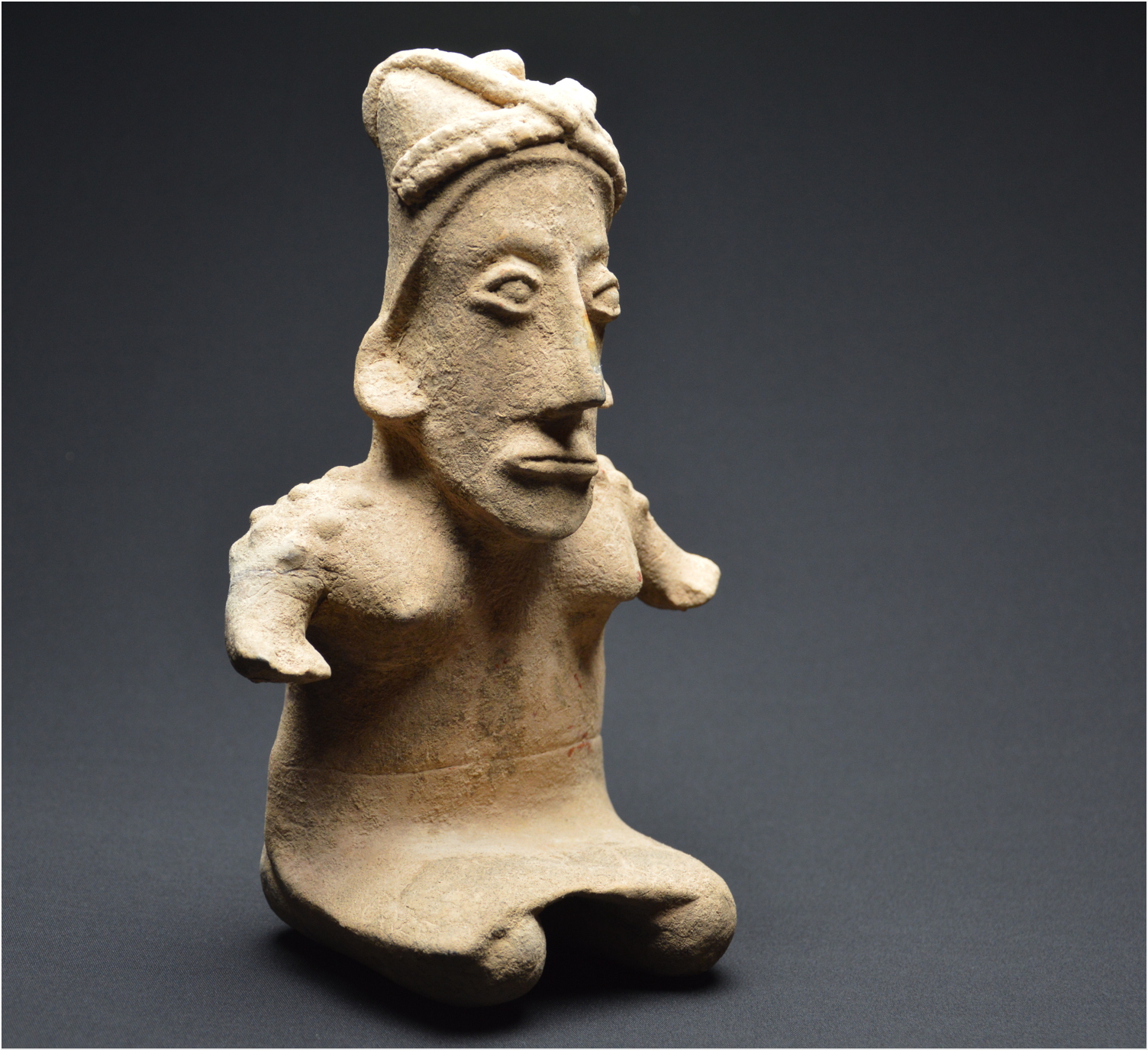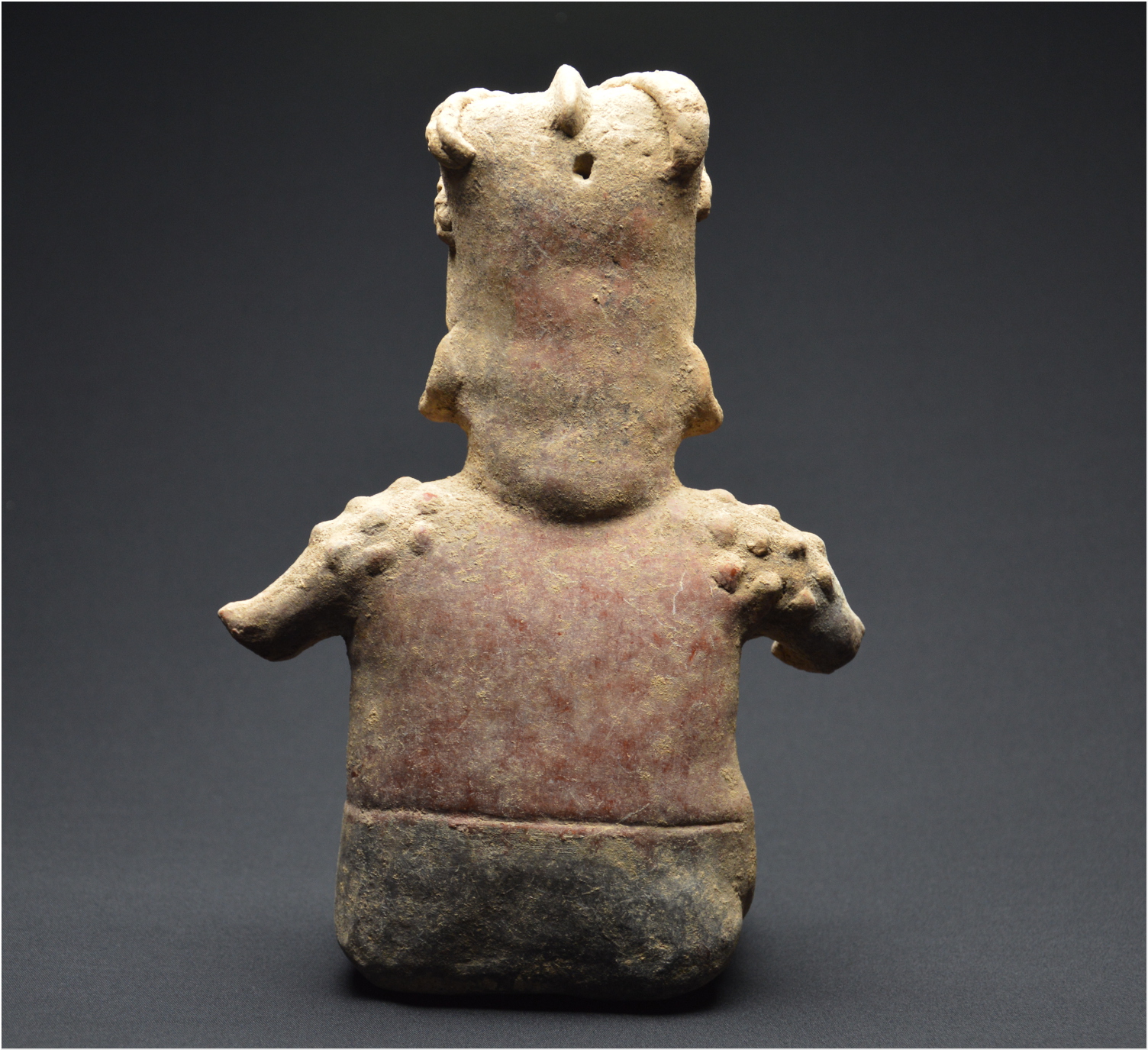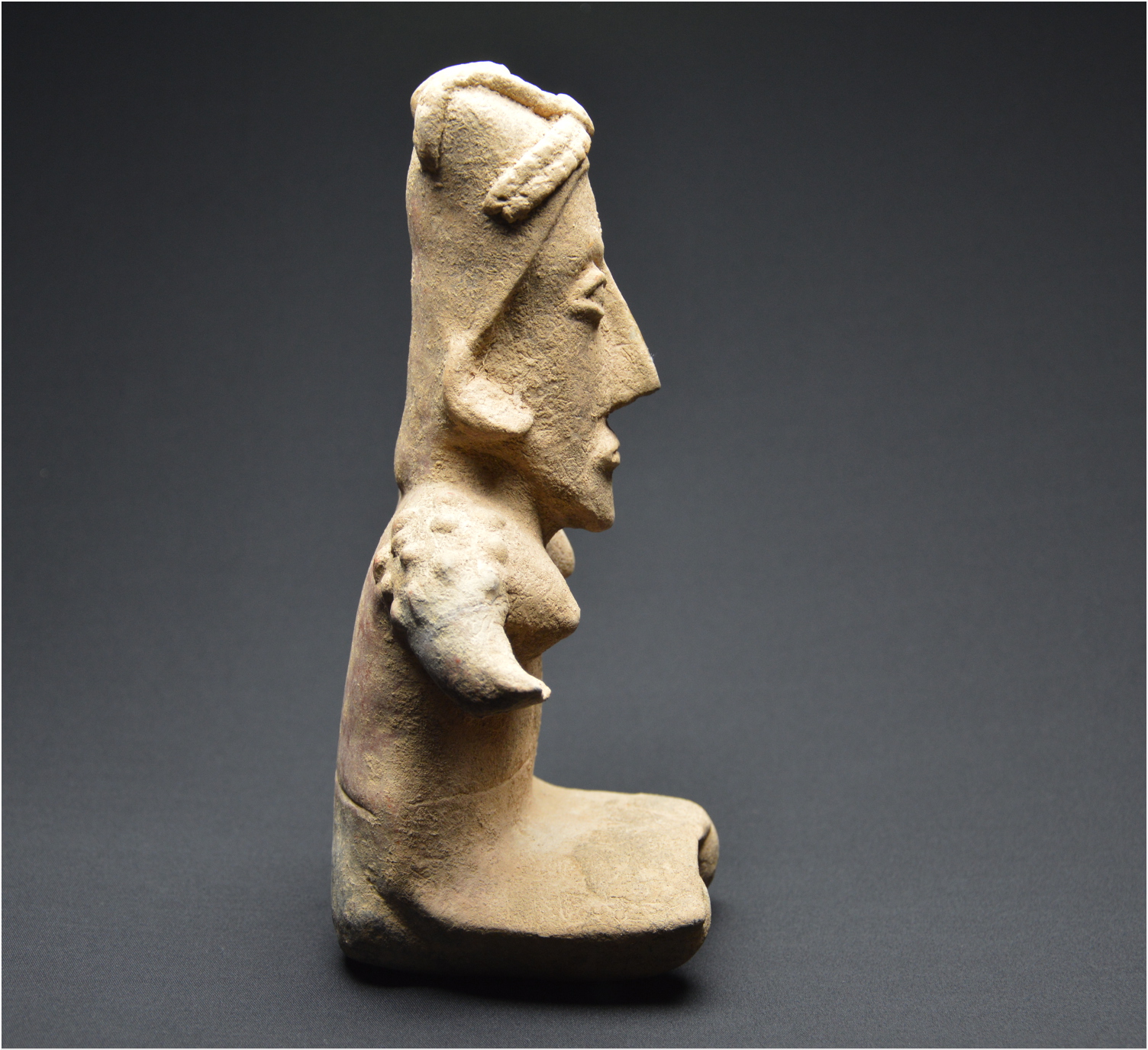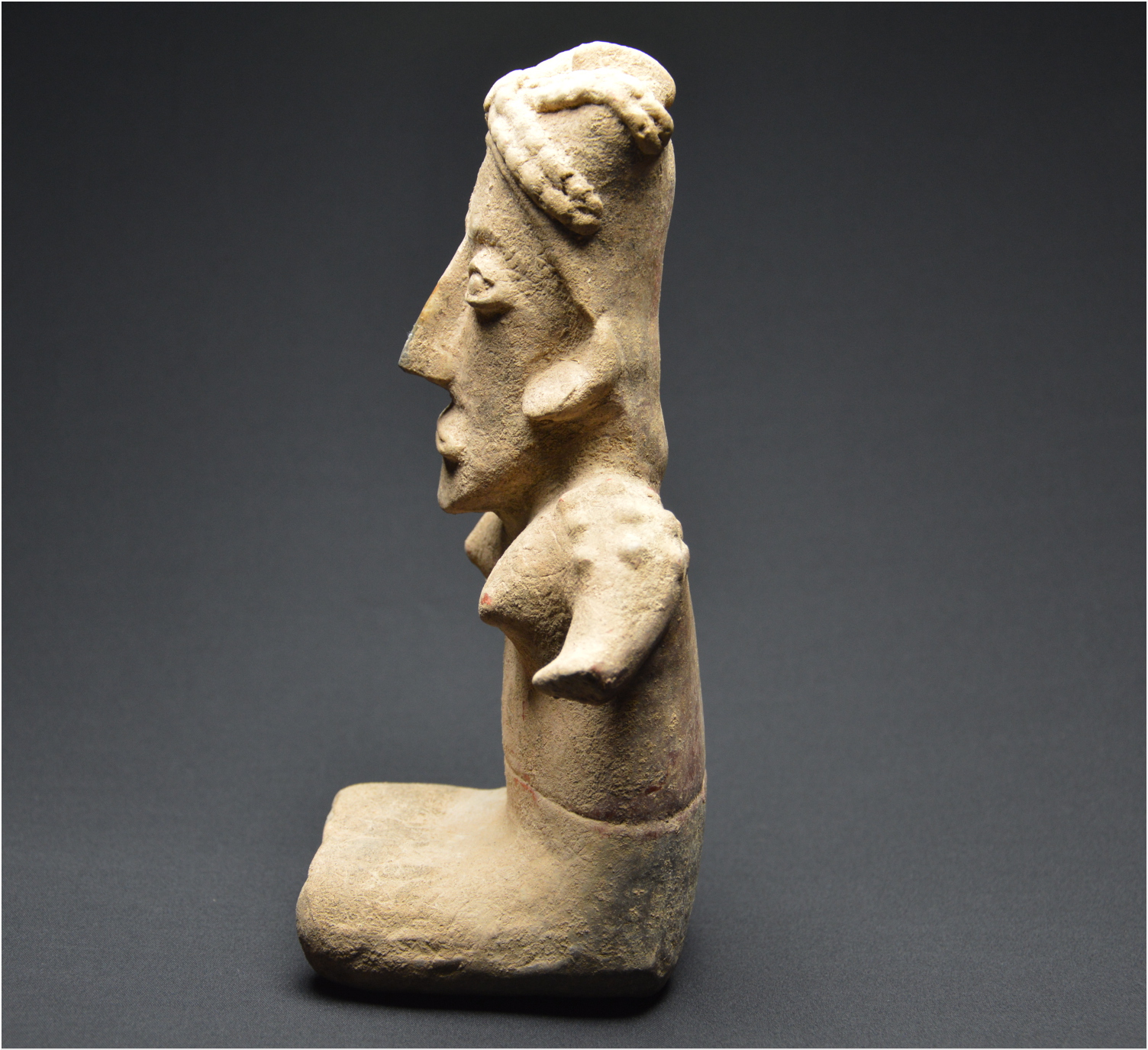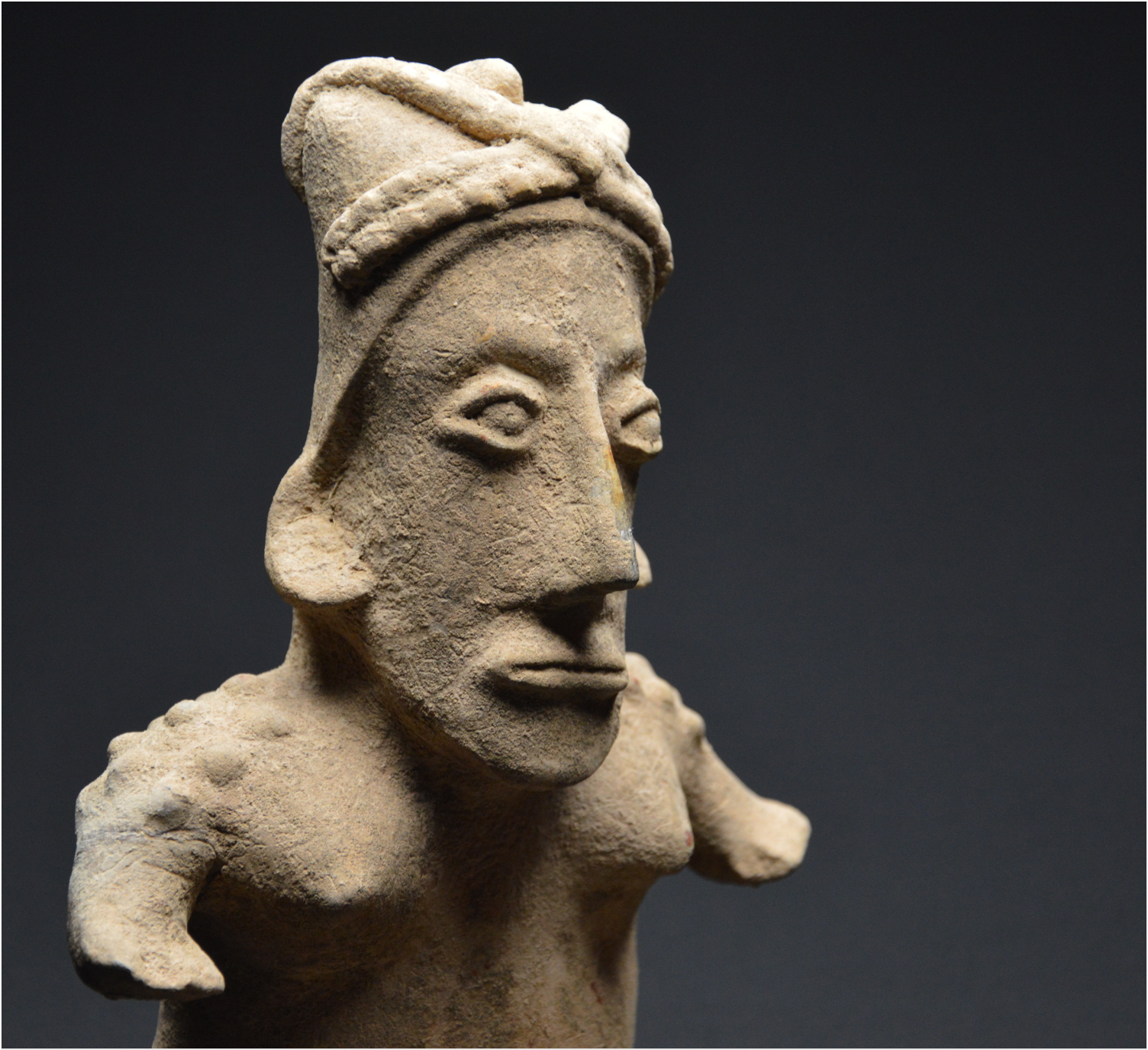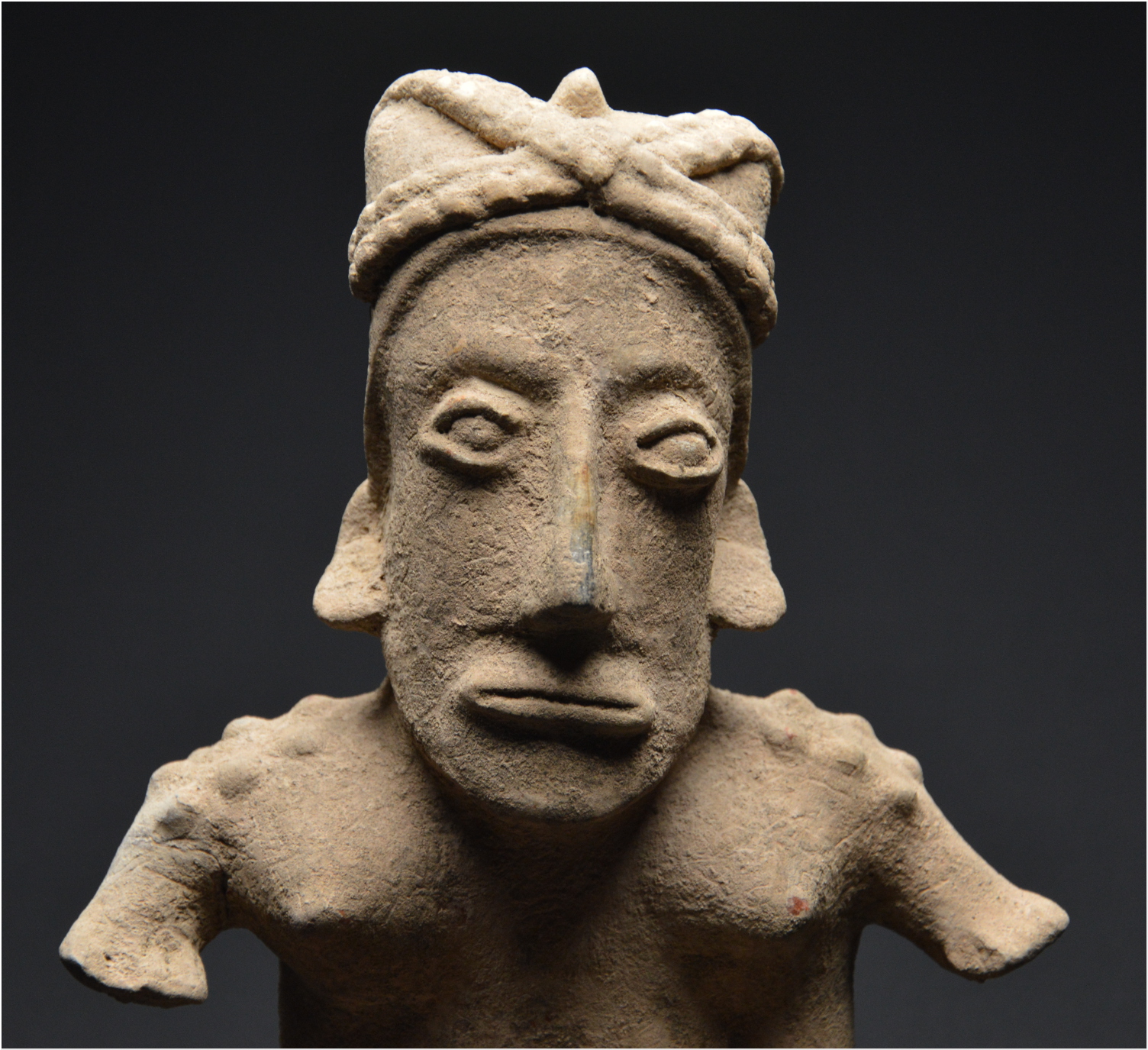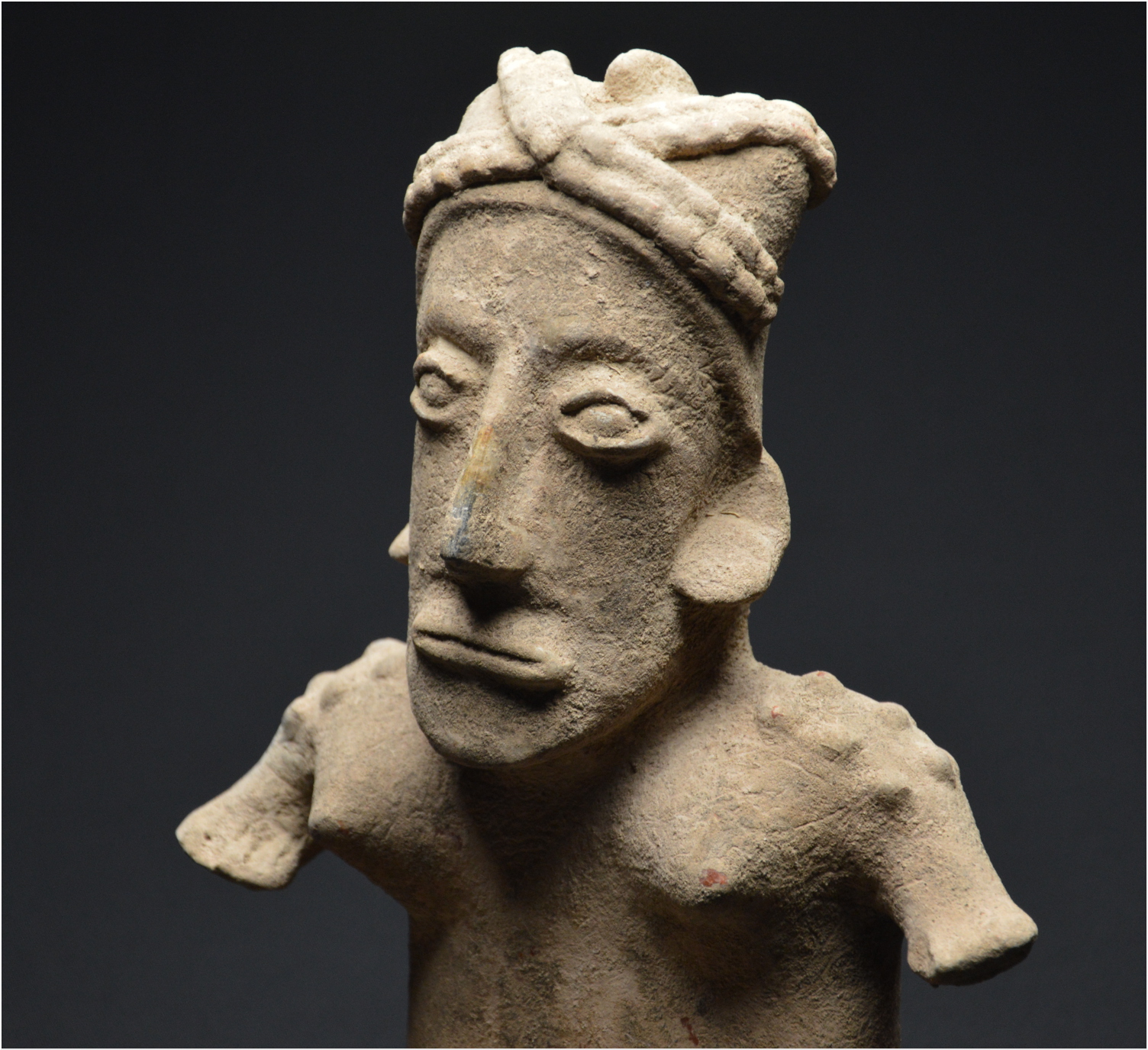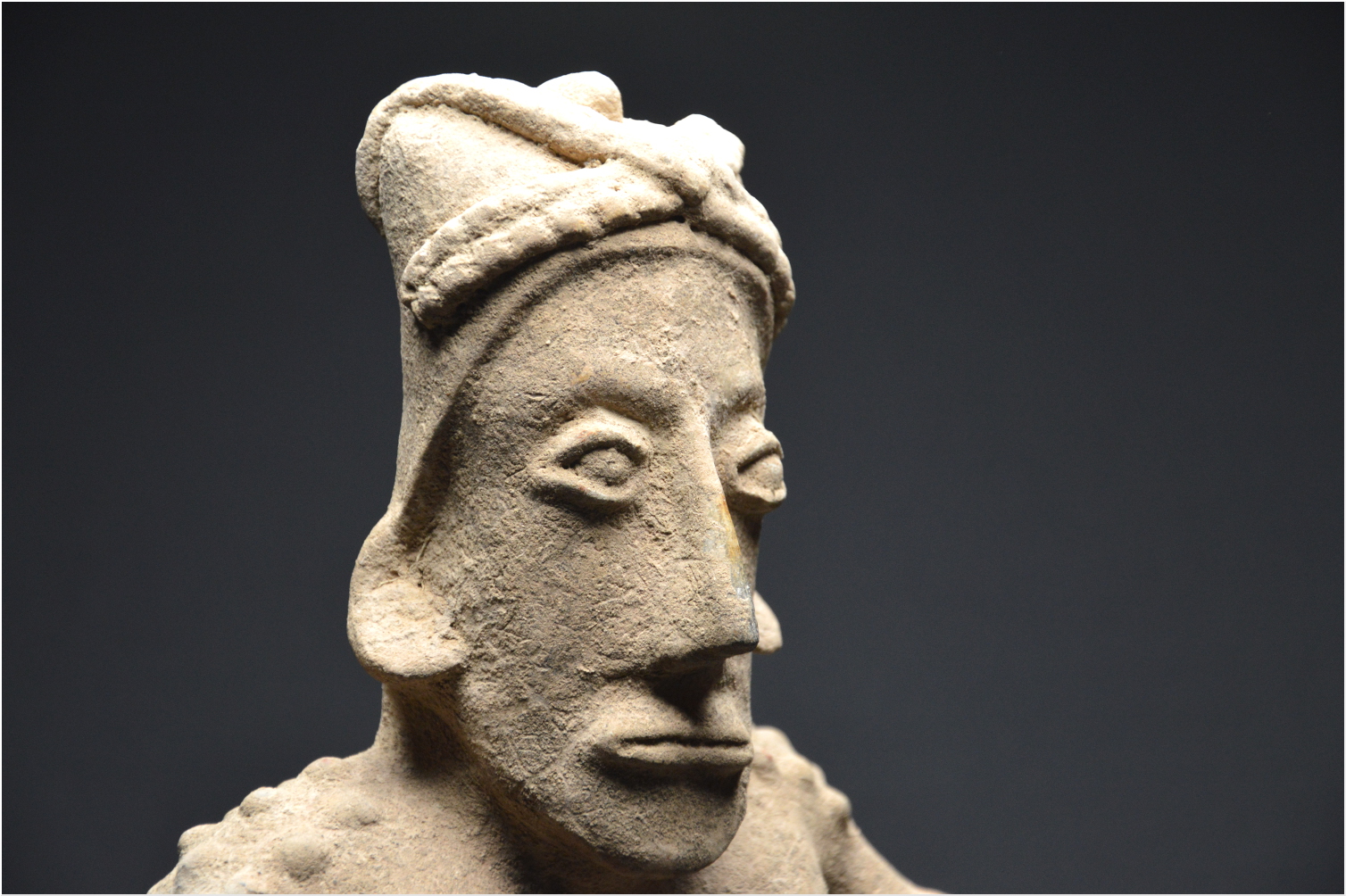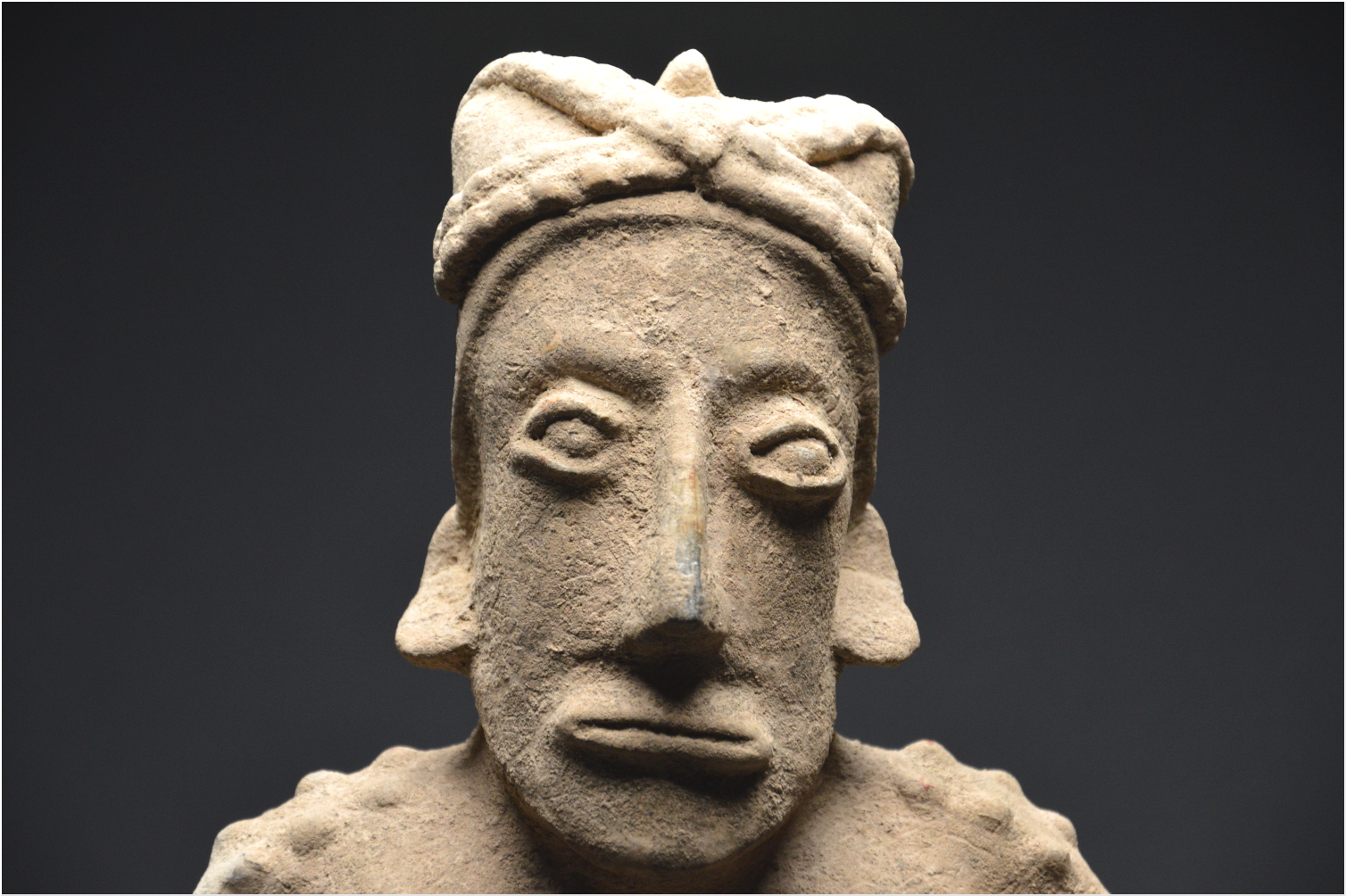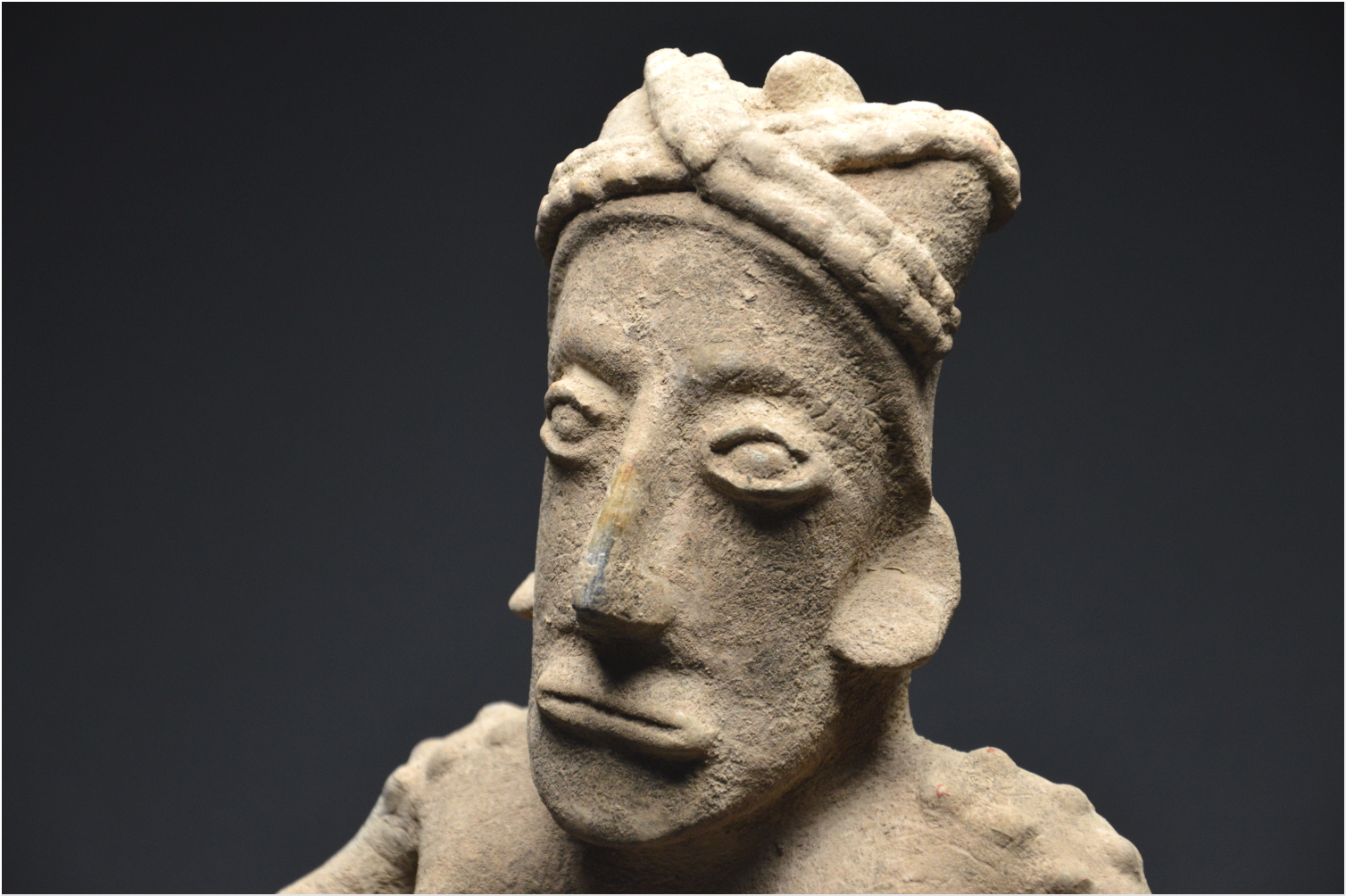Retour
Browse catalogue
-
-
- Alex Katz(2)
- Alexander Calder(24)
- André Derain(89)
- Andy Warhol(47)
- Antoni Tapiès(28)
- Arman(39)
- Aurélie Nemours(1)
- Bengt Lindström(9)
- Bernard Buffet(222)
- César(14)
- Charles Eames(1)
- Charlotte Perriand(17)
- Claude Weisbuch(49)
- Corneille van Beverloo(16)
- Eduardo Chillida(10)
- François Morellet(1)
- Georges Braque(70)
- Gustav Klimt(6)
- Hans Bellmer(18)
- Hans Hartung lithograph(32)
- Henri Matisse(199)
- Hervé Télémaque(5)
- Jacques Villeglé(4)
- Jean Cocteau(204)
- Jean Hélion(10)
- Jean Miotte(1)
- Jean Picart Le Doux(4)
- Joan Miro(118)
- Julio le Parc(1)
- Karel Appel(1)
- Keith Haring(10)
- Ladislas Kijno(3)
- Léonard Tsugouharu Foujita(49)
- Leonor Fini(56)
- Louis Toffoli(7)
- Marc Chagall(484)
- Marie Laurencin(49)
- Maurice de Vlaminck(81)
- Maurice Utrillo(18)
- Max Ernst(40)
- Mimmo Rotella(5)
- Niki de Saint Phalle(6)
- Pablo Picasso(408)
- Peter Klasen(6)
- Philippe Pasqua(4)
- Pierre Alechinsky(51)
- Pierre Soulages lithographs(35)
- Pierre Tal-Coat(6)
- Pierre-Yves Trémois(36)
- Raoul Dufy(55)
- Robert Combas(7)
- Salvador Dali(442)
- Théo Tobiasse(5)
- Tony Soulié(10)
- Valério Adami(28)
- Victor Vasarely(19)
- Yves Brayer(35)
- Zao Wou-Ki(18)
Top artists -
-
Retour
Browse catalogue
-
-
- Alex Katz(2)
- Alexander Calder(24)
- André Derain(89)
- Andy Warhol(47)
- Antoni Tapiès(28)
- Arman(39)
- Aurélie Nemours(1)
- Bengt Lindström(9)
- Bernard Buffet(222)
- César(14)
- Charles Eames(1)
- Charlotte Perriand(17)
- Claude Weisbuch(49)
- Corneille van Beverloo(16)
- Eduardo Chillida(10)
- François Morellet(1)
- Georges Braque(70)
- Gustav Klimt(6)
- Hans Bellmer(18)
- Hans Hartung lithograph(32)
- Henri Matisse(199)
- Hervé Télémaque(5)
- Jacques Villeglé(4)
- Jean Cocteau(204)
- Jean Hélion(10)
- Jean Miotte(1)
- Jean Picart Le Doux(4)
- Joan Miro(118)
- Julio le Parc(1)
- Karel Appel(1)
- Keith Haring(10)
- Ladislas Kijno(3)
- Léonard Tsugouharu Foujita(49)
- Leonor Fini(56)
- Louis Toffoli(7)
- Marc Chagall(484)
- Marie Laurencin(49)
- Maurice de Vlaminck(81)
- Maurice Utrillo(18)
- Max Ernst(40)
- Mimmo Rotella(5)
- Niki de Saint Phalle(6)
- Pablo Picasso(408)
- Peter Klasen(6)
- Philippe Pasqua(4)
- Pierre Alechinsky(51)
- Pierre Soulages lithographs(35)
- Pierre Tal-Coat(6)
- Pierre-Yves Trémois(36)
- Raoul Dufy(55)
- Robert Combas(7)
- Salvador Dali(442)
- Théo Tobiasse(5)
- Tony Soulié(10)
- Valério Adami(28)
- Victor Vasarely(19)
- Yves Brayer(35)
- Zao Wou-Ki(18)
Top artists -
-
Create My Account
HomeCatalogAfrican, American & Oceanic ArtWestern Mexico - Jalisco Culture, Important Dignitary Statuette, 300 BC - 300 AD
Western Mexico - Jalisco Culture, Important Dignitary Statuette, 300 BC - 300 AD
Western Mexico
Dimensions :
- Height : 25.6 cm
- Width : 18.7 cm
Jalisco culture, Important dignitary statuette, 300 BC - 300 AD.
Sandstone
25.6 x 18.7cm
Former American private collection
restoration to right bars and surface wear
The statuette represents a kneeling woman dressed in a loincloth, her chest bare. It is characterized by atrophied upper limbs and short but massive legs. The wide and stocky body receives a chest with breasts projected forward. The powerful shoulders are punctuated with conical growths which could be related to ritual scars, or according to certain researchers, to body ornamentations composed of shells. The hands are positioned parallel to the ground, the fingers apart. The face of disproportionate proportions, slightly bent to the left, is classic of the Jalisco culture (here in the Ezatlán style): protruding almond-shaped eyes enclosed in thick eyelids, long straight nose, mouth with detailed lips, pavilion-shaped ears. The ritually deformed skull towards the back accommodates a headdress girded by a headband of braids crossed in its center. The subject contains clay balls placed inside acting as cowbells.
This kind of statuette from the Jalisco Culture, like the Colima and Nayarit peoples, comes from the well tombs that developed in Western Mexico between 100 BC and 250 AD. These cultures had the particularity of building tombs under their dwellings, a long vertical shaft then connecting the surface to the family vault which could contain many burials. The offerings from the shaft tombs consisted of ceramic statuettes offering to our eyes a wide panorama of the customs of that time.
Sandstone
25.6 x 18.7cm
Former American private collection
restoration to right bars and surface wear
The statuette represents a kneeling woman dressed in a loincloth, her chest bare. It is characterized by atrophied upper limbs and short but massive legs. The wide and stocky body receives a chest with breasts projected forward. The powerful shoulders are punctuated with conical growths which could be related to ritual scars, or according to certain researchers, to body ornamentations composed of shells. The hands are positioned parallel to the ground, the fingers apart. The face of disproportionate proportions, slightly bent to the left, is classic of the Jalisco culture (here in the Ezatlán style): protruding almond-shaped eyes enclosed in thick eyelids, long straight nose, mouth with detailed lips, pavilion-shaped ears. The ritually deformed skull towards the back accommodates a headdress girded by a headband of braids crossed in its center. The subject contains clay balls placed inside acting as cowbells.
This kind of statuette from the Jalisco Culture, like the Colima and Nayarit peoples, comes from the well tombs that developed in Western Mexico between 100 BC and 250 AD. These cultures had the particularity of building tombs under their dwellings, a long vertical shaft then connecting the surface to the family vault which could contain many burials. The offerings from the shaft tombs consisted of ceramic statuettes offering to our eyes a wide panorama of the customs of that time.
Dimensions :
- Height : 25.6 cm
- Width : 18.7 cm
This description has been translated automatically. please click here Click here to display the original language FR
Mexique Occidental
Culture Jalisco, Importante statuette de dignitaire, 300 av - 300 ap J. -C.
Grès
25.6 x 18.7 cm
Ancienne collection privée américaine
restauration au bars droit et usure de surface
La statuette représente une femme à genoux vêtue d'un pagne, la poitrine dénudée. Elle se caractérise par des membres supérieurs atrophiés et des jambes courtes mais massives. Le corps large et trapu reçoit une poitrine aux seins projetés en avant. Les épaules puissantes sont ponctuées d'excroissances coniques qui pourraient s'apparenter à des cicatrices rituelles, ou bien selon certains chercheurs, à des ornementations corporelles composées de coquillages. Les mains sont positionnées parallèles au sol, les doigts écartés. Le visage aux proportions démesurées légèrement penché sur la gauche, est classique de la culture Jalisco (ici de style Ezatlán): yeux globuleux en amande enserrés dans des paupières épaisses, long nez droit, bouche aux lèvres détaillées, oreilles en forme de pavillon. Le crâne rituellement déformé vers l'arrière accueille une coiffe ceinte par un bandeau de tresses croisé en son centre. Le sujet contient des billes d'argiles placées à l'intérieur faisant office de sonnailles.
Ce genre de statuette de la Culture Jalisco, à l'instar des peuples Colima et Nayarit provient des tombes à puits qui se développèrent au Mexique Occidental entre 100 av et 250 ap JC. Ces cultures avaient pour particularité de construire des tombes sous leurs habitations, un long puits vertical reliant alors la surface au caveau familial qui pouvaient contenir de nombreuses sépultures. Les offrandes des tombes à puits étaient constituées de statuettes en céramique offrant à nos yeux un large panorama des coutumes de cette époque.
Grès
25.6 x 18.7 cm
Ancienne collection privée américaine
restauration au bars droit et usure de surface
La statuette représente une femme à genoux vêtue d'un pagne, la poitrine dénudée. Elle se caractérise par des membres supérieurs atrophiés et des jambes courtes mais massives. Le corps large et trapu reçoit une poitrine aux seins projetés en avant. Les épaules puissantes sont ponctuées d'excroissances coniques qui pourraient s'apparenter à des cicatrices rituelles, ou bien selon certains chercheurs, à des ornementations corporelles composées de coquillages. Les mains sont positionnées parallèles au sol, les doigts écartés. Le visage aux proportions démesurées légèrement penché sur la gauche, est classique de la culture Jalisco (ici de style Ezatlán): yeux globuleux en amande enserrés dans des paupières épaisses, long nez droit, bouche aux lèvres détaillées, oreilles en forme de pavillon. Le crâne rituellement déformé vers l'arrière accueille une coiffe ceinte par un bandeau de tresses croisé en son centre. Le sujet contient des billes d'argiles placées à l'intérieur faisant office de sonnailles.
Ce genre de statuette de la Culture Jalisco, à l'instar des peuples Colima et Nayarit provient des tombes à puits qui se développèrent au Mexique Occidental entre 100 av et 250 ap JC. Ces cultures avaient pour particularité de construire des tombes sous leurs habitations, un long puits vertical reliant alors la surface au caveau familial qui pouvaient contenir de nombreuses sépultures. Les offrandes des tombes à puits étaient constituées de statuettes en céramique offrant à nos yeux un large panorama des coutumes de cette époque.
-
Create an alert
Create an alert
Please subscribe to our free alert service to be notified when a similar item is available on the website.
Sold
This item is not available. Please click on « View the catalog » to see similar items available.
Hotline
Please contact us for any question regarding this object. For any other inquiry, we invite you to fill the contact form.
Other items from the category « Jalisco »
This should also please you
Ask a question
